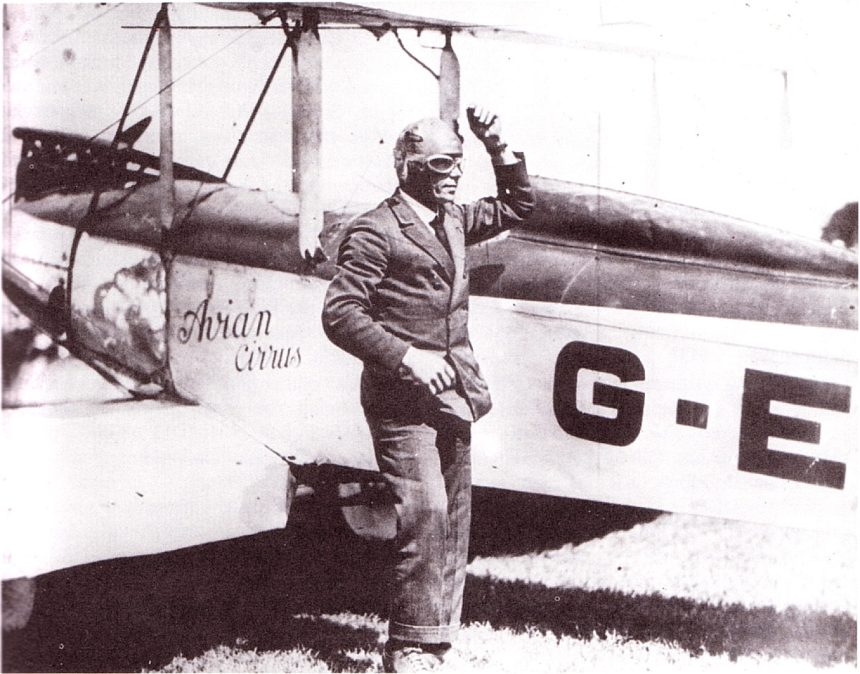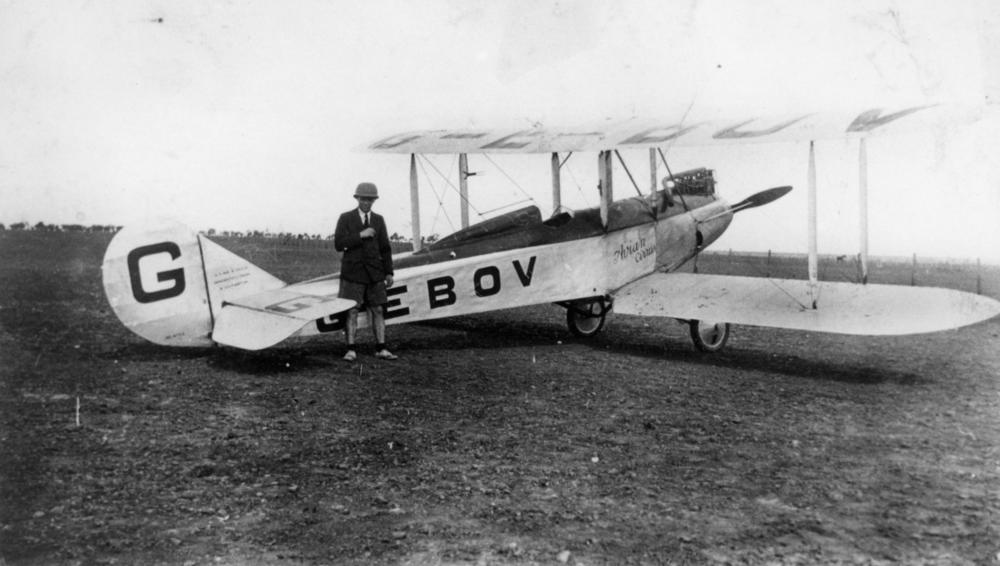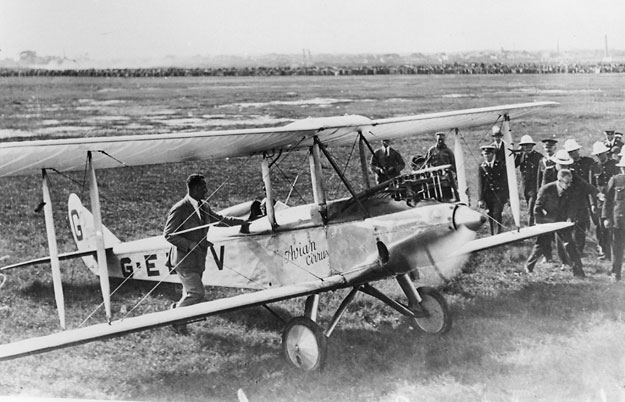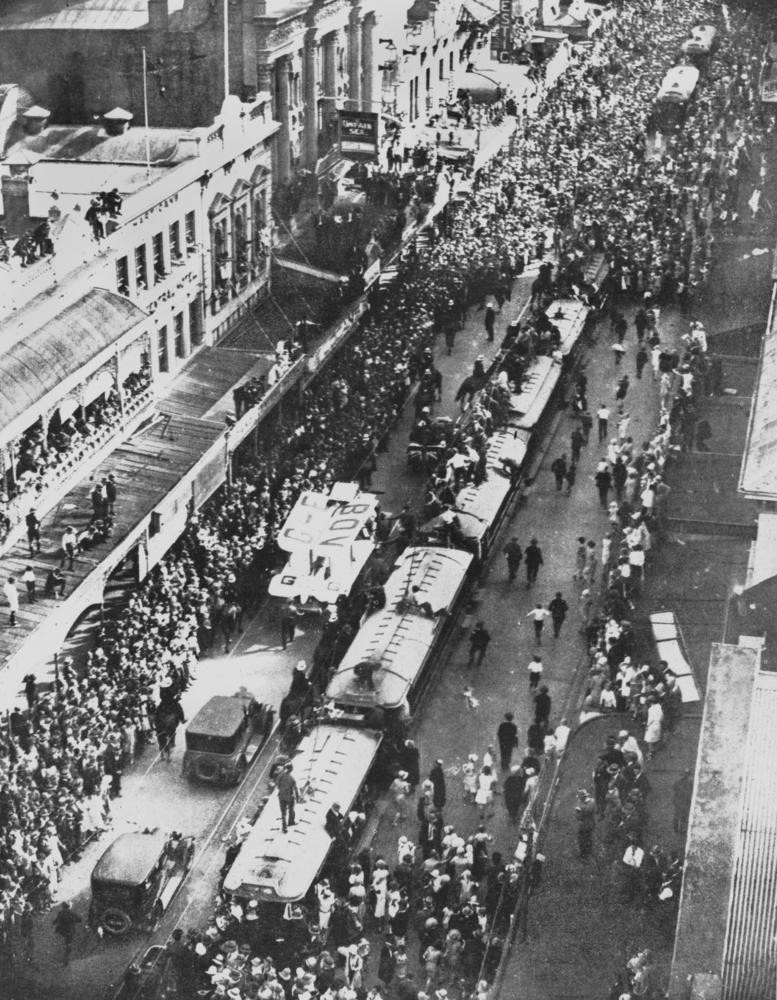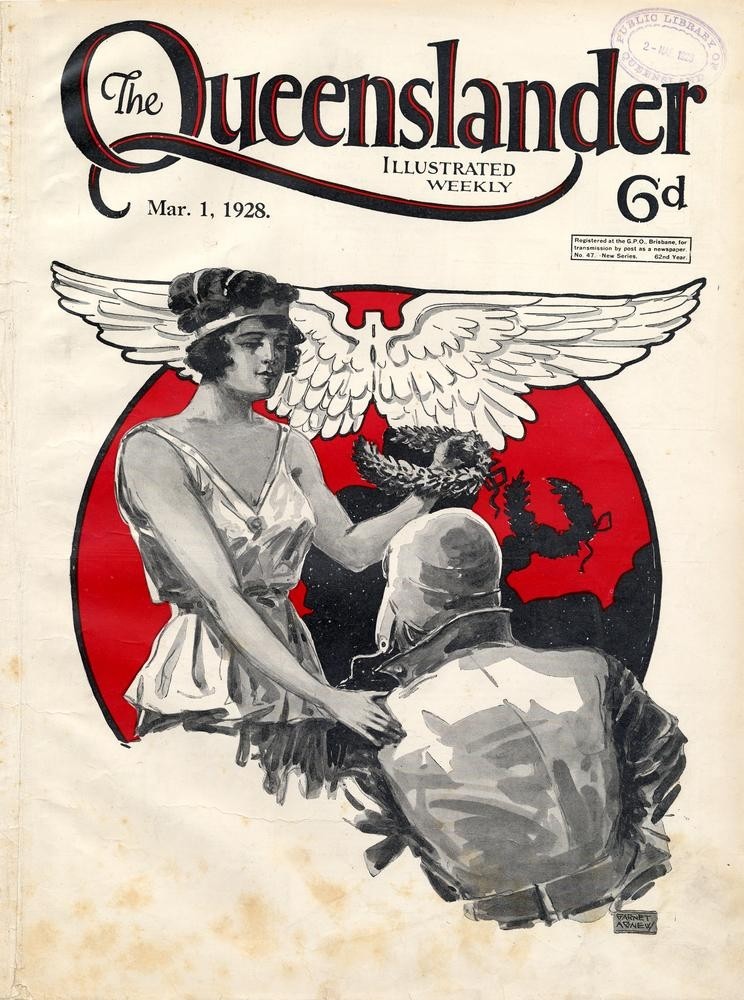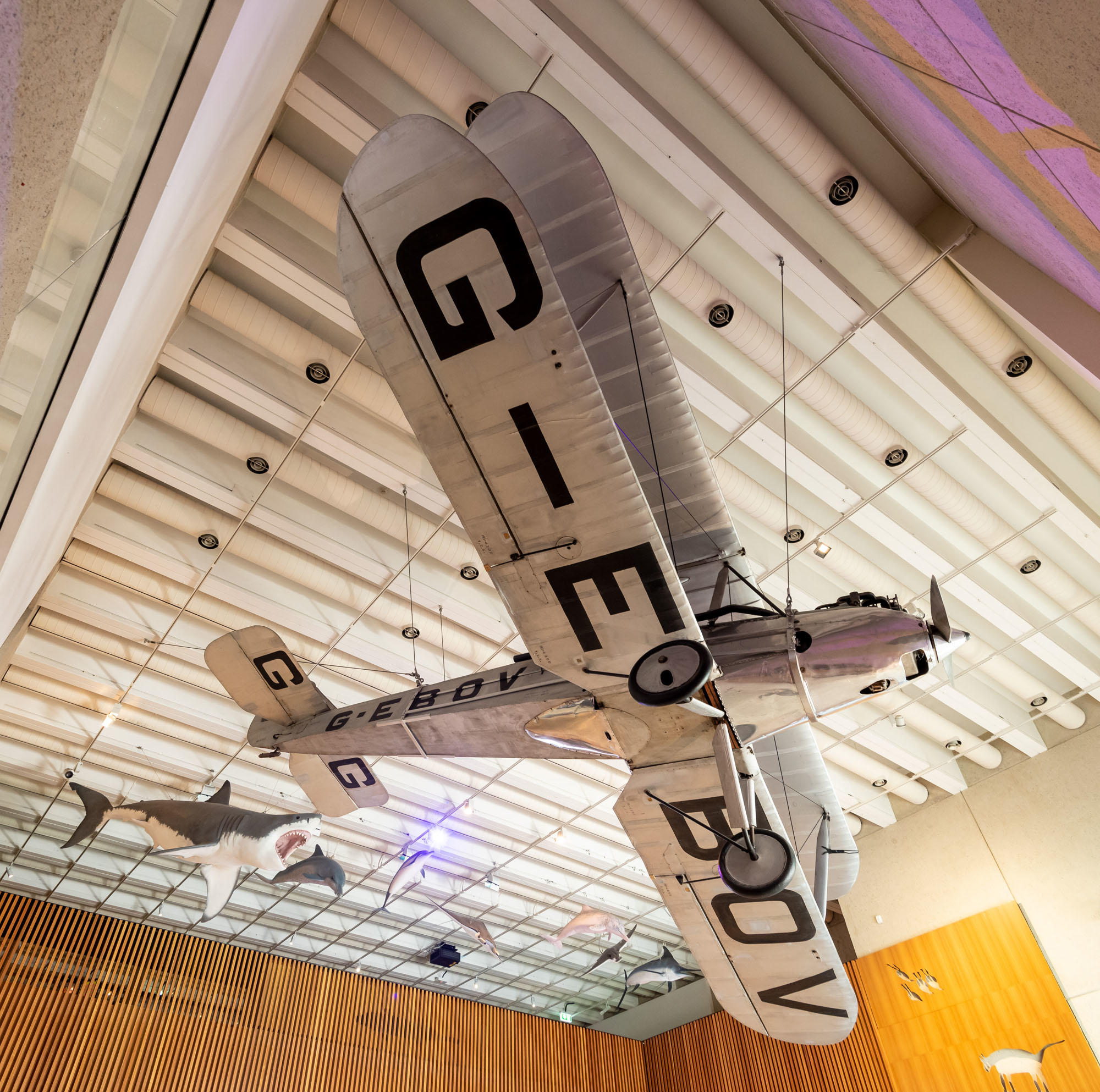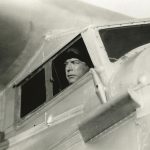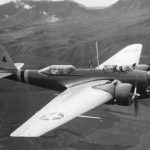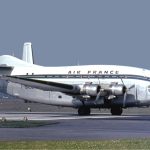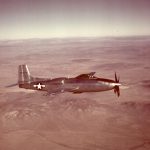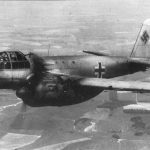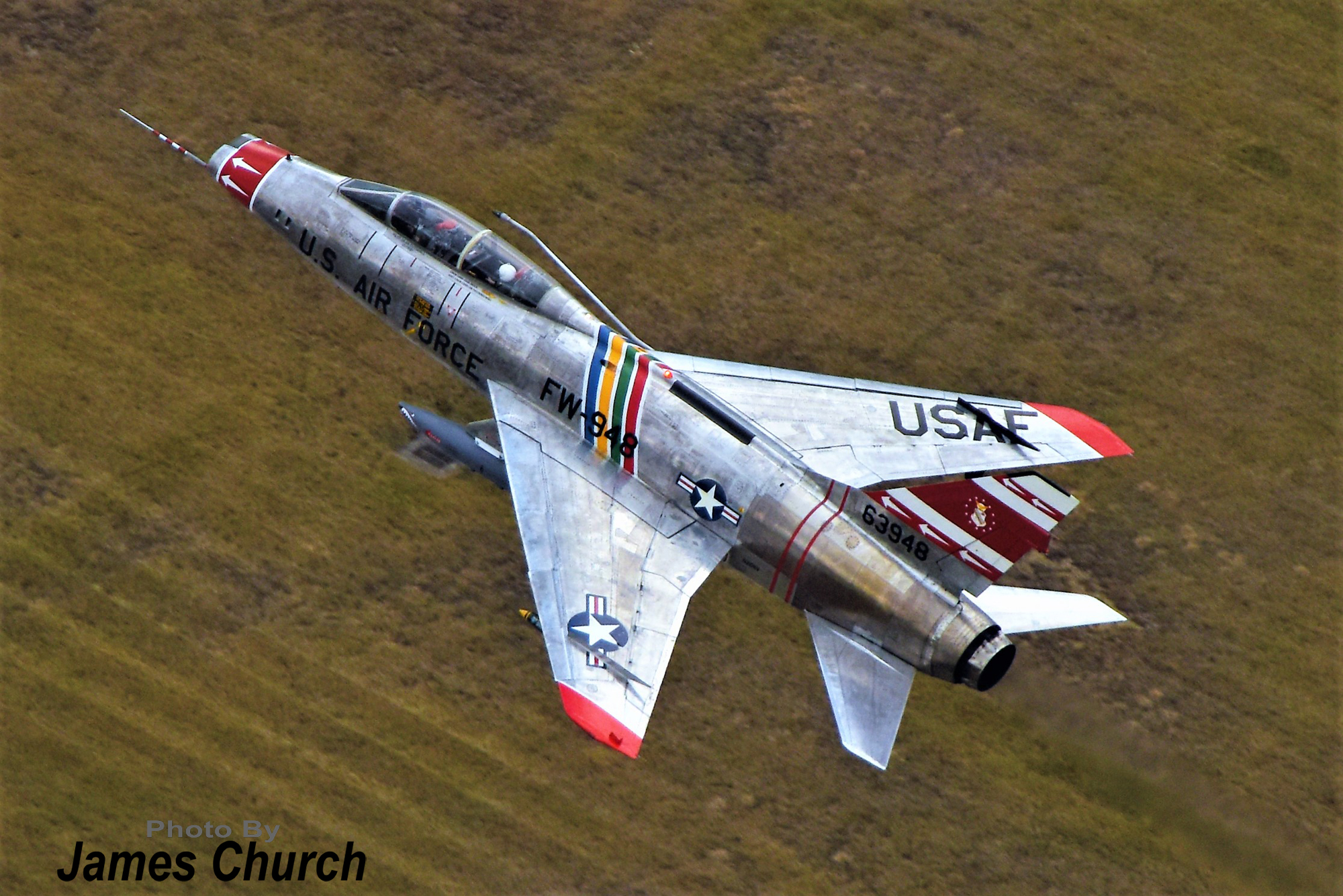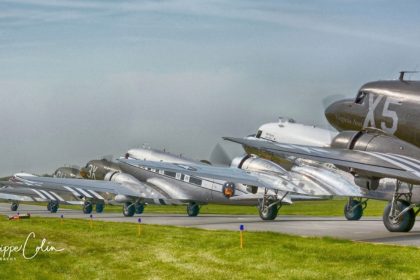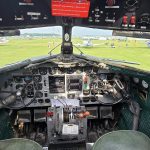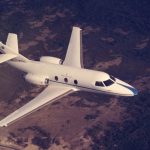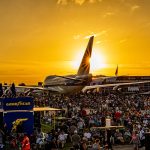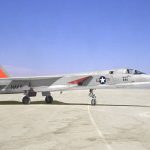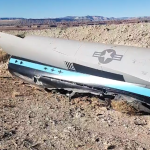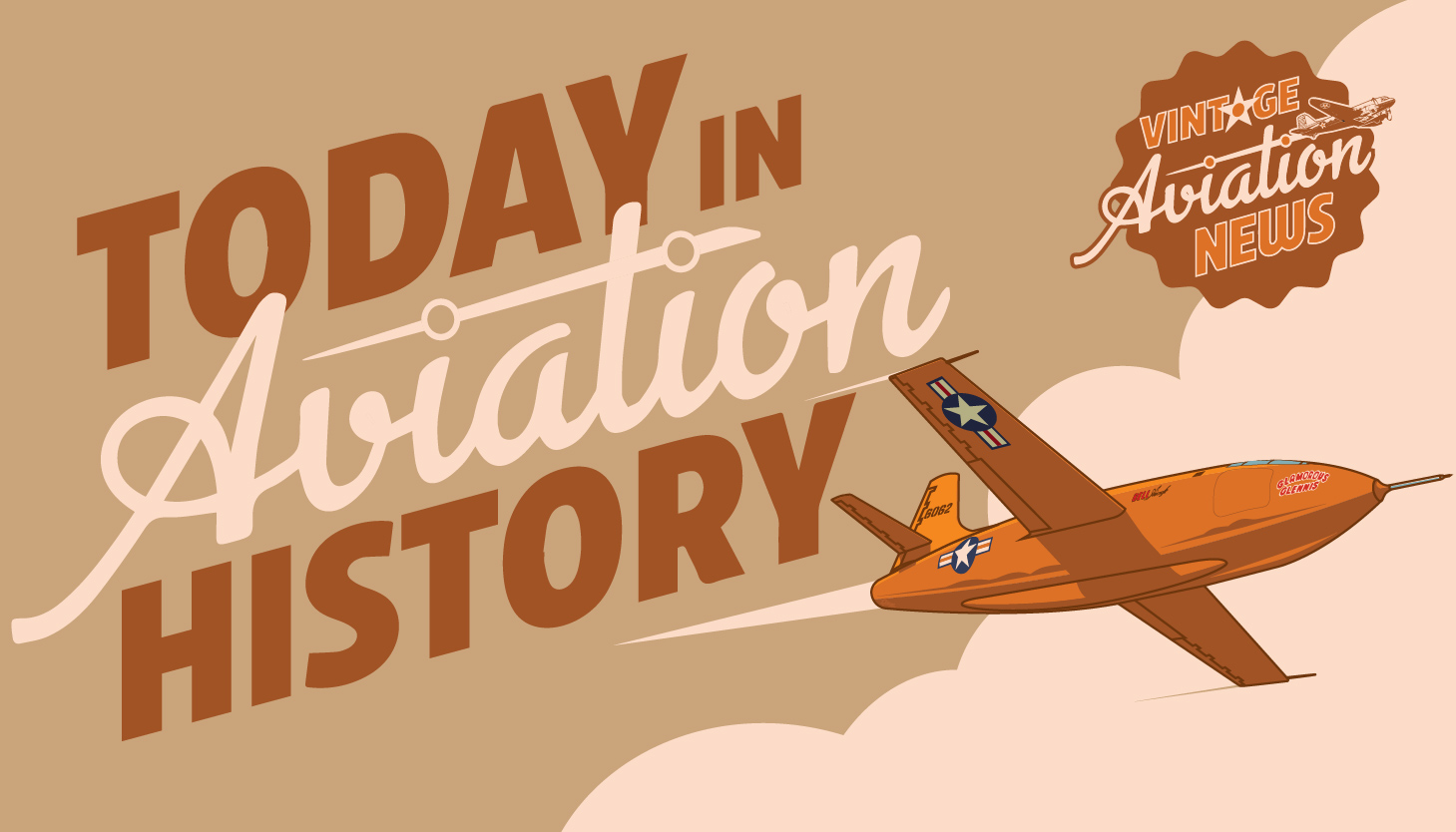 On this day in aviation history, February 22, 1928, Australian aviator Bert Hinkler completed the first solo flight between England and Australia. Famed for his long-distance flights, Bert Hinkler demonstrated the viability of the burgeoning air routes connecting the United Kingdom to Australia, one of the most geographically distant members of the British Commonwealth.
On this day in aviation history, February 22, 1928, Australian aviator Bert Hinkler completed the first solo flight between England and Australia. Famed for his long-distance flights, Bert Hinkler demonstrated the viability of the burgeoning air routes connecting the United Kingdom to Australia, one of the most geographically distant members of the British Commonwealth.
Born Herbert Hinkler on December 8, 1892, in Bundaberg, Queensland, Australia, Bert Hinkler developed his interest in aviation at an early age, joining the Queensland Aero Club in 1910, and in 1911 and 1912, he built two monoplane gliders and tested them from the Mon Repos Beach in Bundaberg. Later in 1912, he met American aviator Arthur Burr Stone, who was putting on exhibition tours in Australia with a Bleriot XI monoplane, which Hinkler soon found working on as Stone’s mechanic. In 1913, Hinkler sailed for England and gained employment in the Sopwith Aviation Factory.

When WWI broke out in 1914, Bert Hinkler enlisted in the Royal Naval Air Service (RNAS) on September 7, 1914. During his early service, he proved himself to be an expert marksman as a gunner/observer while serving over France. After being commended with the Distinguished Service Medal, Hinkler was trained to fly as a pilot and finished the First World War serving with No. 28 Squadron RAF in Italy, flying against the forces of the Austro-Hungarian Empire.
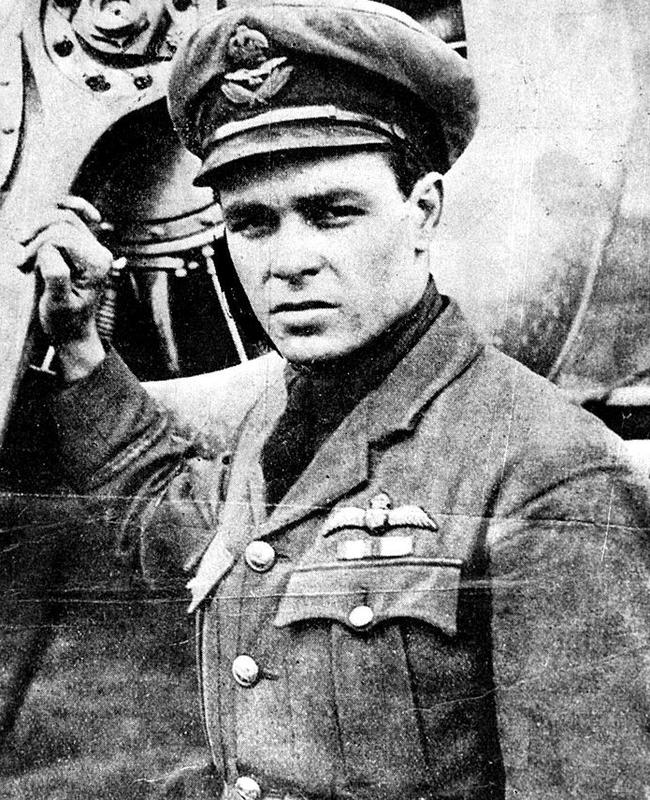
After the war, Hinkler tried his luck with the race to be the first to fly from England to Australia, in order to win a prize of £A10,000 offered by the Commonwealth Government of Australia. Planning to fly solo in a Sopwith Dove, a two-seat civilian version of the Sopwith Pup fighter, his request was rejected, and Hinkler decided to pick up work at the Avro airplane factory in Manchester, England. In 1920, Hinkler purchased an Avro Baby sporting biplane, powered by a 35 hp Green C.4 four-cylinder inline engine. With this aircraft Hinkler set two long-range flight speed records, on from London’s Croydon Aerodrome to Turin, Italy on May 31, 1920, in 9/12 hours, then from Sydney to Bundaberg nonstop on April 11, 1921, a distance of 1,288 kilometers (800 mi) in 8 hours, 40 minutes.
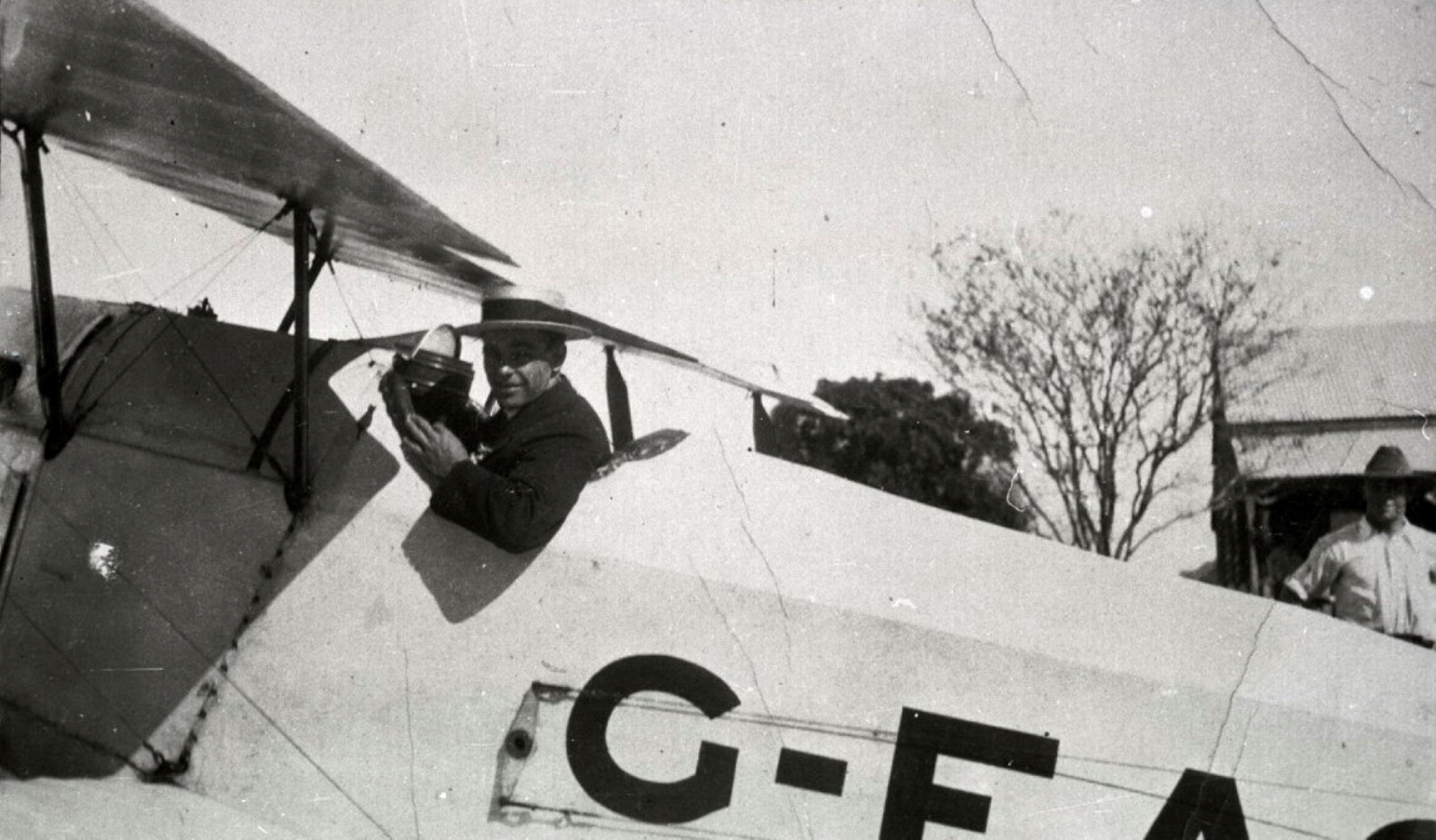
Yet the thought of flying from England to Australia was never far from Hinkler’s mind. Having now become a test pilot for Avro, flying such aircraft as the bulky Avro Aldershot, testing one prototype fitted with one of the first aircraft engines to turn out 1000 hp, the Napier Cub X-16 inline engine. He also participated in the Lympne light aircraft trials and won the 1924 Grosvenor Challenge Cup, flying an Avro Avis biplane, G-EBKP, which had been fitted with a Bristol Cherub two-cylinder horizontally opposed inline engine with 36 hp. He had also been a reserve pilot for the British seaplane racing team that attended the Schneider Trophy Cup held in Baltimore, Maryland, but upon his return to England, he would begin flying the aircraft that would gain him worldwide fame, an Avro Avian two-seat biplane with the British registration G-EBOV.

Built under construction number 5116, Avro 581 Avian G-EBOV was originally fitted with a 70 hp Armstrong Siddeley Genet radial engine. Bert Hinkler flew this aircraft during the Lympne light aircraft trials of September 1926, but despite the Avian having good flight characteristics, the Genet engine proved unreliable, and it failed to complete the trails. Nevertheless, the Avian was refitted with a Cirrus four-cylinder air-cooled inline engine, and Avro sold the aircraft to Bert Hinkler. It would be with Hinkler that G-EBOV mad to be used for long-range solo flights. In 1927, he flew the aircraft to become the first pilot to fly nonstop from England to Riga, Latvia, earning the Oswald Watt Gold Medal, an Australian award bestowed annually to Australian aviation figures for their contributions to aviation.
On February 7, 1928, Bert Hinkler set off in Avro Avian G-EBOV from Croydon Aerodrome, London, England, carrying a London Times atlas to assist his aerial navigation. On February 7, he landed in Rome, from which he flew on to Malta on February 8. On February 9, Hinkler flew from Malta to Benghazi in Italian-occupied Libya. He made another stop in Libya at Tobruk on February 10 before proceeding on the 11th to Ramleh in the British Mandate of Palestine (now Ramla, Israel). Hinkler’s next stop on February 12 was Basrah, Iraq, and on the 13th, he flew to Jask, Persia (now Iran).
As many aviators flying light aircraft on this roue before Hinkler had been forced to abandon their attempts due to crashes and mechanical breakdowns, the wider world outside the aviation community did not begin taking serious note of Hinkler’s flight until he had made it to British India, when he landed in Karachi (now in Pakistan) on February 14. The press kept eager newspaper readers and radio listeners up to date on the latest on “Hustling Hinkler’s” progress, as he flew on to Cawnpore (now Kanpur, India) on February 15. On February 16, he landed at Calcutta (now Kolkata, India), leaving the next day (February 17) to proceed to Rangoon, Burma (now Yangon, Myanmar). By February 18, Hinkler and Avian G-EBOV landed at Victoria Point, Burma (now Kawthoung, Myanmar) before flying on the 18th for Singapore. From Singapore, Hinkler left for the Dutch East Indies (now Indonesia), landing at the Dutch colonial capital of Batavia (now Jakarta). It was in the Dutch East Indies that Bert Hinkler also caught up with another Avro Avian, G-EBTU Red Rose, being flown by English-born Australian pilot Bill Lancaster and Australian aviator Jessie Maude “Chubbie” Miller, who had departed London October 14, 1927, well before Bert Hinkler set off on his own flight, but had crashed on takeoff from Muntok on January 10, 1928, and were still waiting for repairs for the Red Rose to be completed. With a final flight from Batavia to Bima, on the island of Sumbawa, being accomplished on February 21, Bert Hinkler landed at Darwin on February 22, 1928, much to the celebration of millions of people throughout Australia.
Over 10,000 people in Darwin gave Bert Hinkler a hero’s welcome and rushed out to the airplane to meet him. For this flight, Hinkler was given £2000 by the Australian government. Additionally, Hinkler was invited by Speaker of the House of Representatives, Littleton Groom, to be seated on the floor of the House in recognition of his achievement and was made an honorary squadron leader in the Royal Australian Air Force Reserve and was awarded the Australian Air Force Cross. In addition to becoming famous for having become the first pilot to fly solo from England to Australia, Hinkler further made history by making the 18,000 kilometers (11,000 miles) journey in just 15 days, compared to the previous record of 28 days.
After returning to England by sea in October 1928, Hinkler set to work building an amphibian aircraft of his own design, the Hinkler Ibis, powered by two British Salmson AD.9 radial engines in a push-pull configuration above the hull. Although Hinkler test flew the aircraft in 1930, a lack of financial interest during the Great Depression would halt any further development of the Ibis.
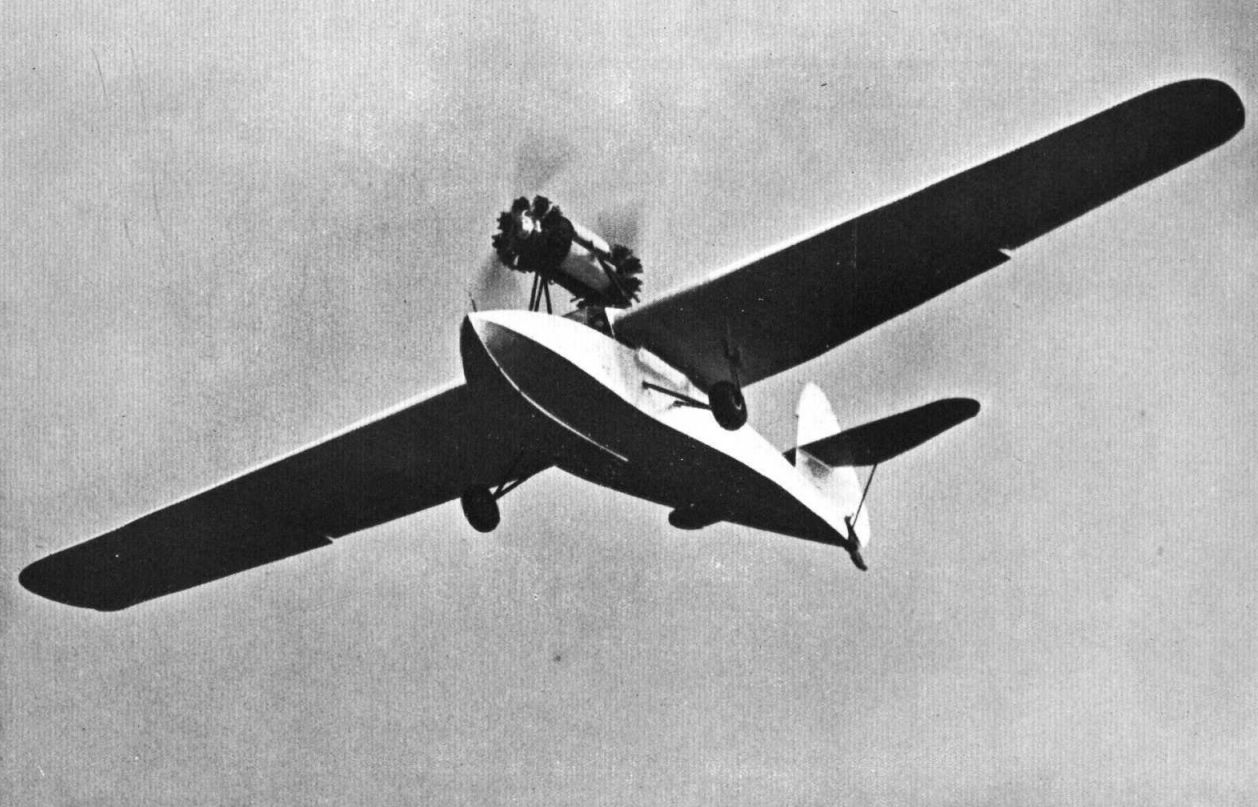
In September 1930, he traveled to Canada to explore aviation prospects in North America. In April 1931, he purchased a De Havilland Puss Moth, CF-APK, and used this aircraft to become the first pilot to fly solo across the South Atlantic Ocean by flying from Toronto and New York to London via stops in Kingston, Jamacia, Natal, Brazil, Dakar, French West Africa (modern-day Senegal), and Casablanca before flying through Spain and France to reach London. Again, Bert Hinkler was hailed in the press and bestowed numerous awards for this flight.

Despite the awards and the fame, Hinkler was, like many of his fellow aviators, never one to rest on his laurels. On January 7, 1933, he set off from London once again bound for Australia, this time to beat the record of 8 hours 20 minutes held by English pilot C. W. A. Scott. His first stop in the same Puss Moth he flew across the Atlantic, which was still wearing its Canadian registration CF-APK, was to be Rome, but as night fell upon the Eternal City, Bert Hinkler was nowhere to be seen. Days turned to weeks, weeks to months, and finally, on April 27, 1933, local charcoal burners discovered the remains of Hinkler’s Puss Moth CF-APK in the Pratomagno mountain range between Florence and Arezzo, Italy. A further search of the area that day discovered the body of Herbert “Bert” Hinkler 70 yards away from the wreck of the airplane. Under the direction of Italian dictator Benito Mussolini, Bert Hinkler was buried with full military honors at the Cimitero degli Allori (Evangelical Cemetery at Laurels) in Florence.
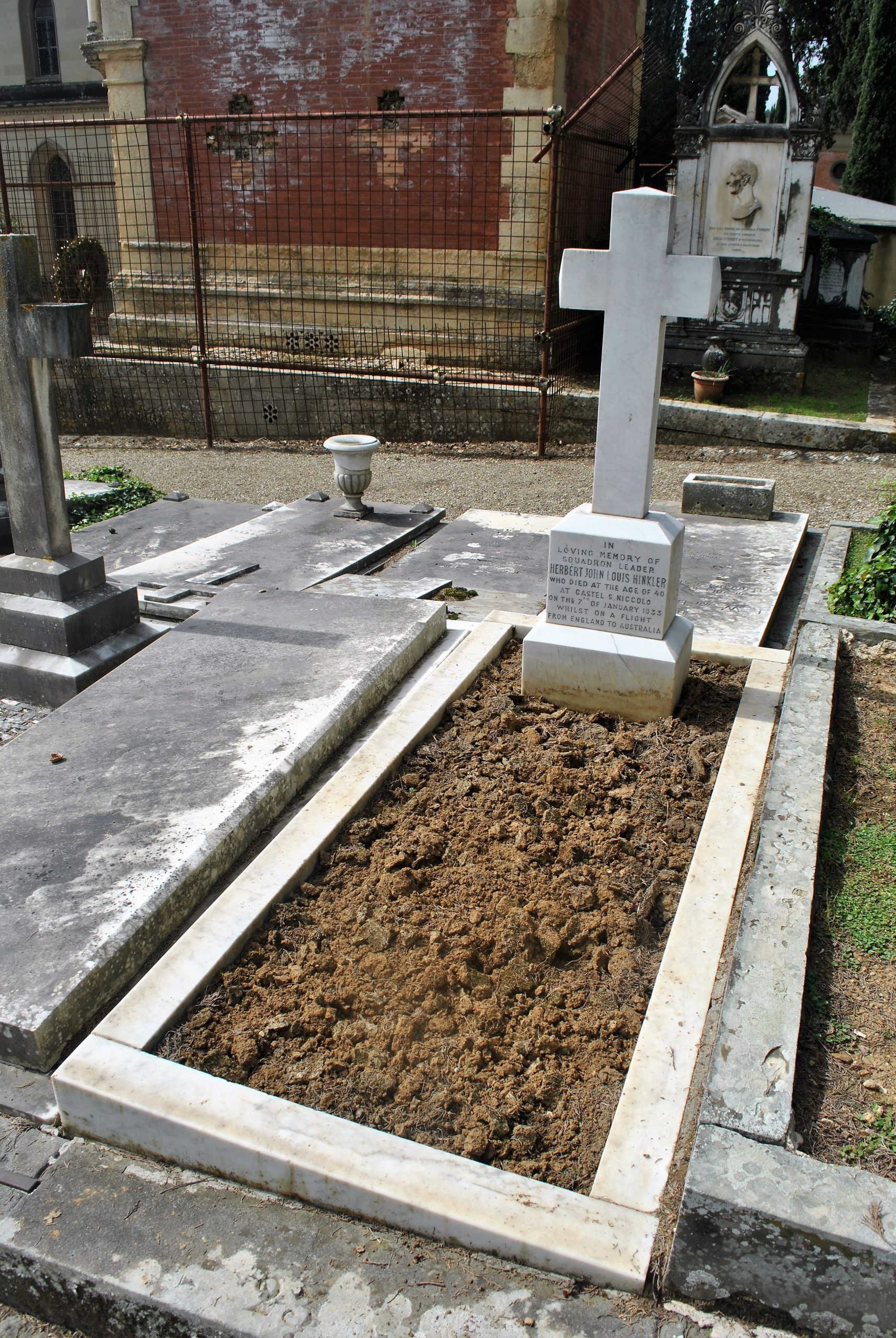
Fortunately for aviation historians, at least two of his record-setting aircraft have been preserved in Australia today. The Avro Avian he flew on his solo flight from England to Australia, G-EBOV, was later donated by Hinkler himself to the Queensland Museum in Brisbane, where it can still be found to this day. Meanwhile, Hinkler’s old Avro Baby, G-EACQ, had been placed in storage by a new owner in 1931, and it was later donated to the Queensland Museum in 1970, which restored the aircraft to ‘as-new’ condition, and have loaned it to the Hinkler Hall of Aviation in Bundaberg.
Today, Bert Hinkler’s legacy rests in the air routes he helped pioneer that millions of people fly daily. Today, travel from England to Australia and back is done primarily through air travel.
Today in Aviation History is a series highlighting the achievements, innovations, and milestones that have shaped the skies. All the previous anniversaries are available HERE







